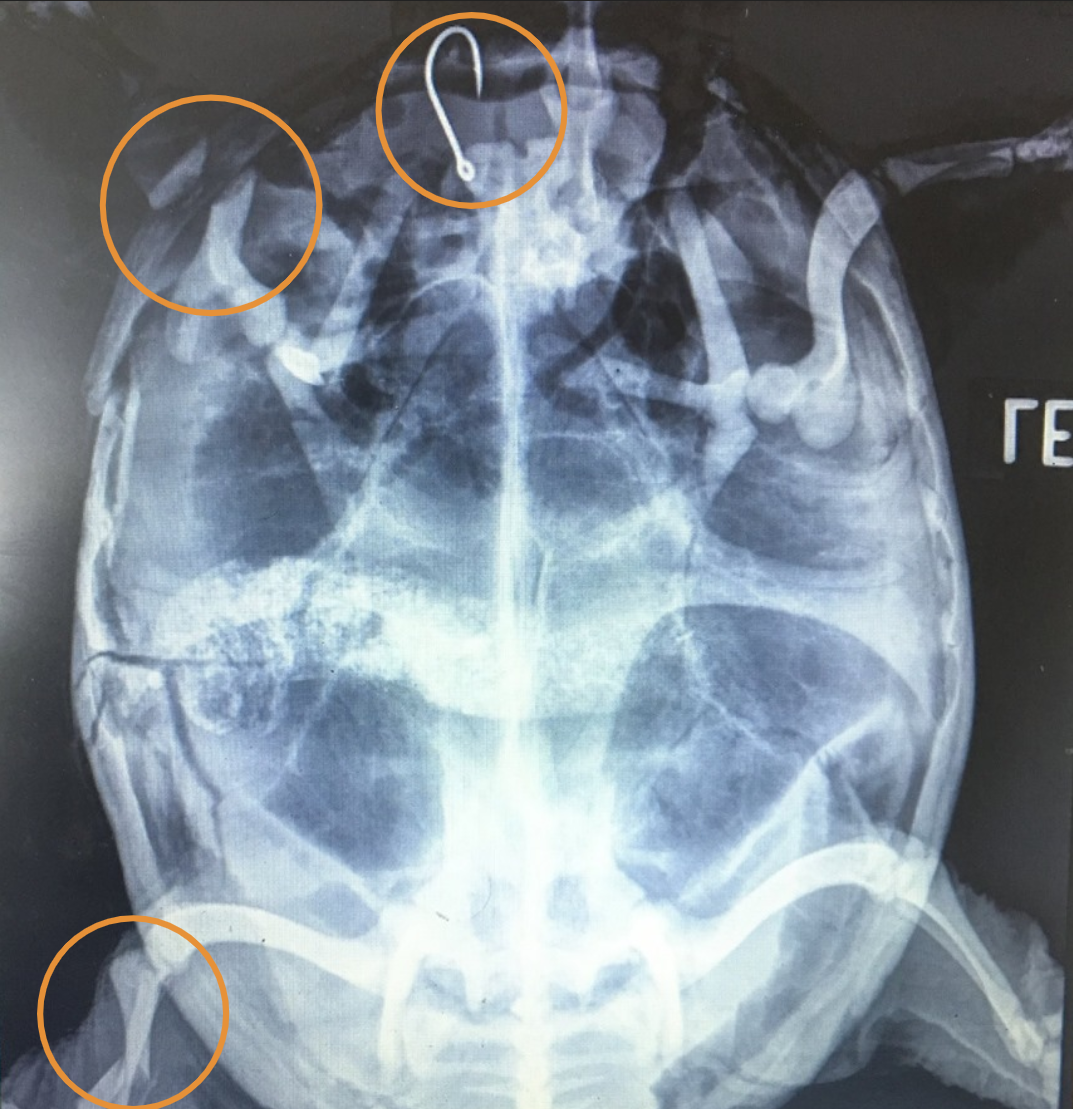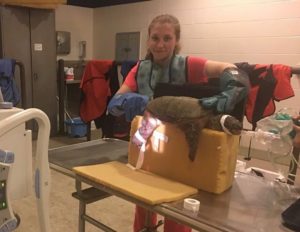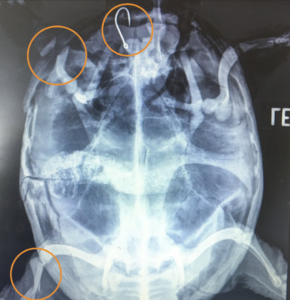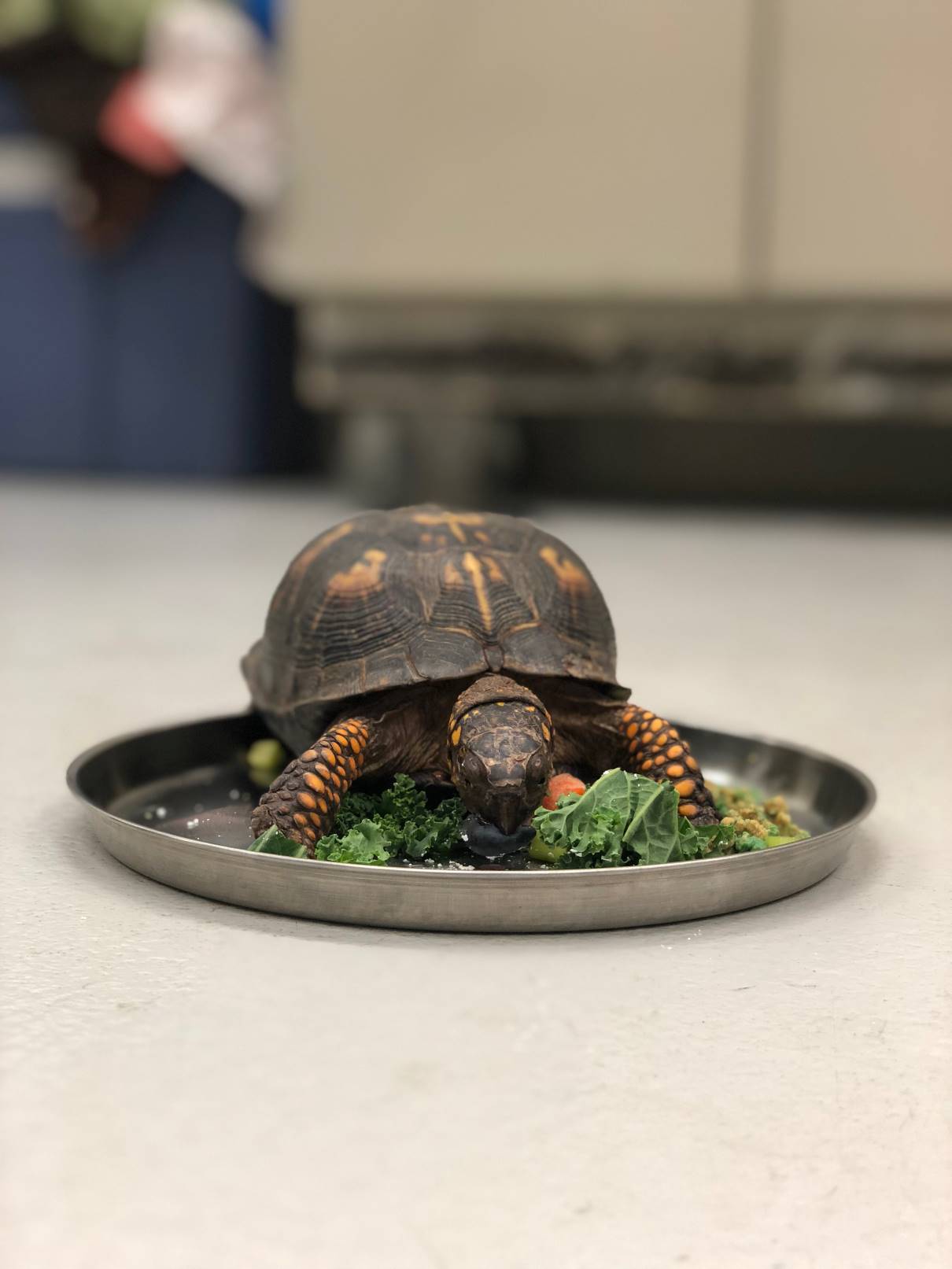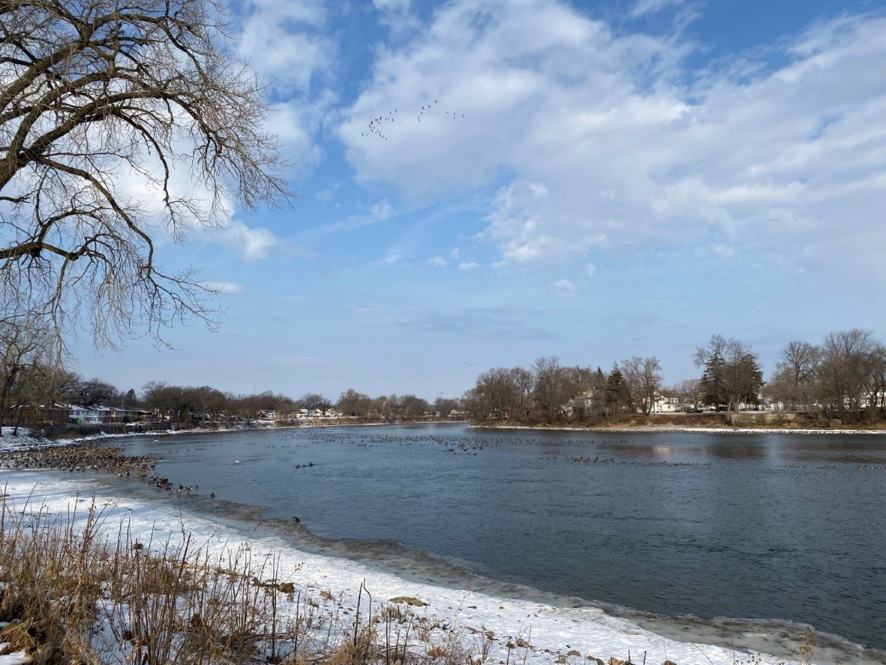The University of Illinois Wildlife Medical Clinic’s mission prioritizes providing care and treatment to sick, injured, and orphaned wild animals. Through this mission, we have the unique opportunity to offer hands-on training to volunteer veterinary students and to educate members of our community about the wildlife around them. Our volunteers are trained to provide exceptional patient care and to engage with our local community through outreach events. One of the ways we prepare our students for working in the Clinic is through weekly educational rounds presentations. These presentations are delivered by speakers ranging from faculty and researchers to our own students, and cover topics related to conservation and various topics within veterinary medicine. Discussing research topics keeps students aware of what is changing in the field and what approaches or medications they could use in the coming years. By presenting clinical cases, our students can reflect on what they have learned and how they should approach a similar case.
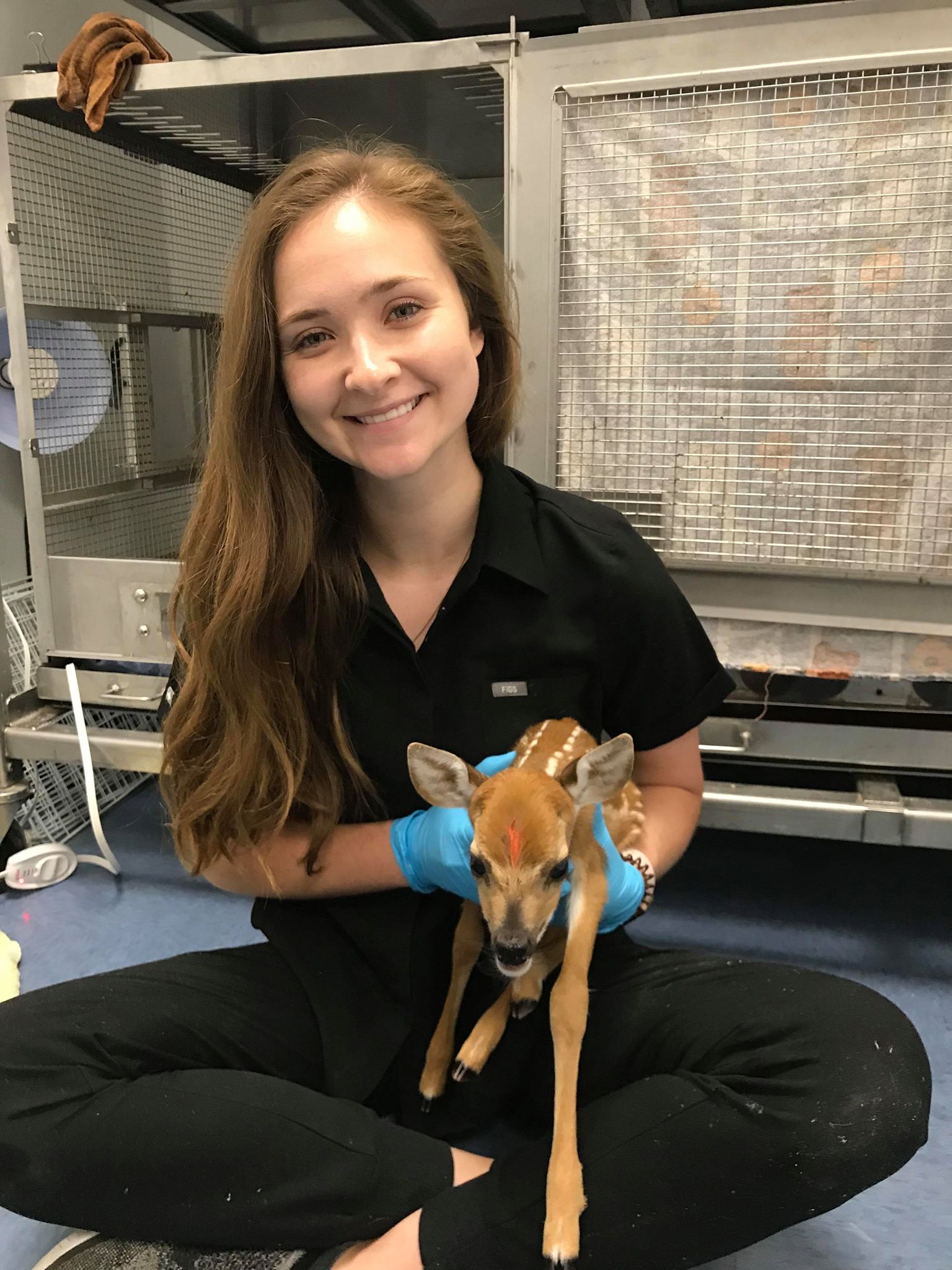
Tina Batak is a student who shared her experience as an intern at the WMC this summer. A snapping turtle with a shell fracture was brought in by a concerned community member. In her rounds presentation, Tina described to the students how she and the team handled this patient’s case throughout its time with us. She described how sedating the turtle calmed him down and let them better assess the injuries he sustained prior to coming to us. Additionally, she explained the medications used to control the pain and inflammation caused by his trauma. This is especially helpful for our first-year students who are just beginning to be exposed to these drugs and their applications. The turtle’s wounds were stabilized, and the team made plans to take radiographs (X-rays) to give them a better understanding of the extent of the patient’s injuries. Tina walked us through those radiographs, explaining the implications of the injuries.
This turtle had several severe fractures and a fishing hook embedded in his esophagus! Tina described the process of carefully removing the hook and stabilizing four of the shell fractures. Despite the team’s hard work at stabilizing the fractures, the severity of his injuries and his poor mentation meant his prognosis was guarded. Tina discussed the way this patient’s wound healing, activity level, and quality of life were evaluated every day, knowing that subtle changes in these assessments could give us subtle hints as to whether the turtle was going to pull through. Recheck radiographs can also be used to ensure bones are healing appropriately. Despite all of our efforts, unfortunately, this turtle’s injuries were too severe, and he did not make it. However, Tina was able to share her experience in monitoring this patient’s progress in the hopes that students will draw on her work when managing future cases.

